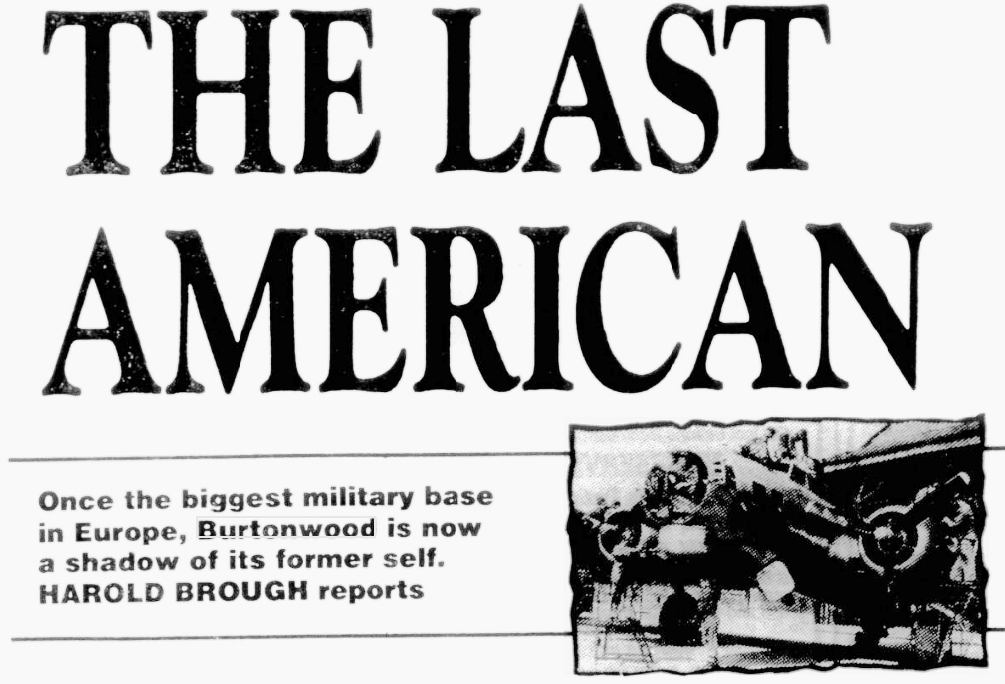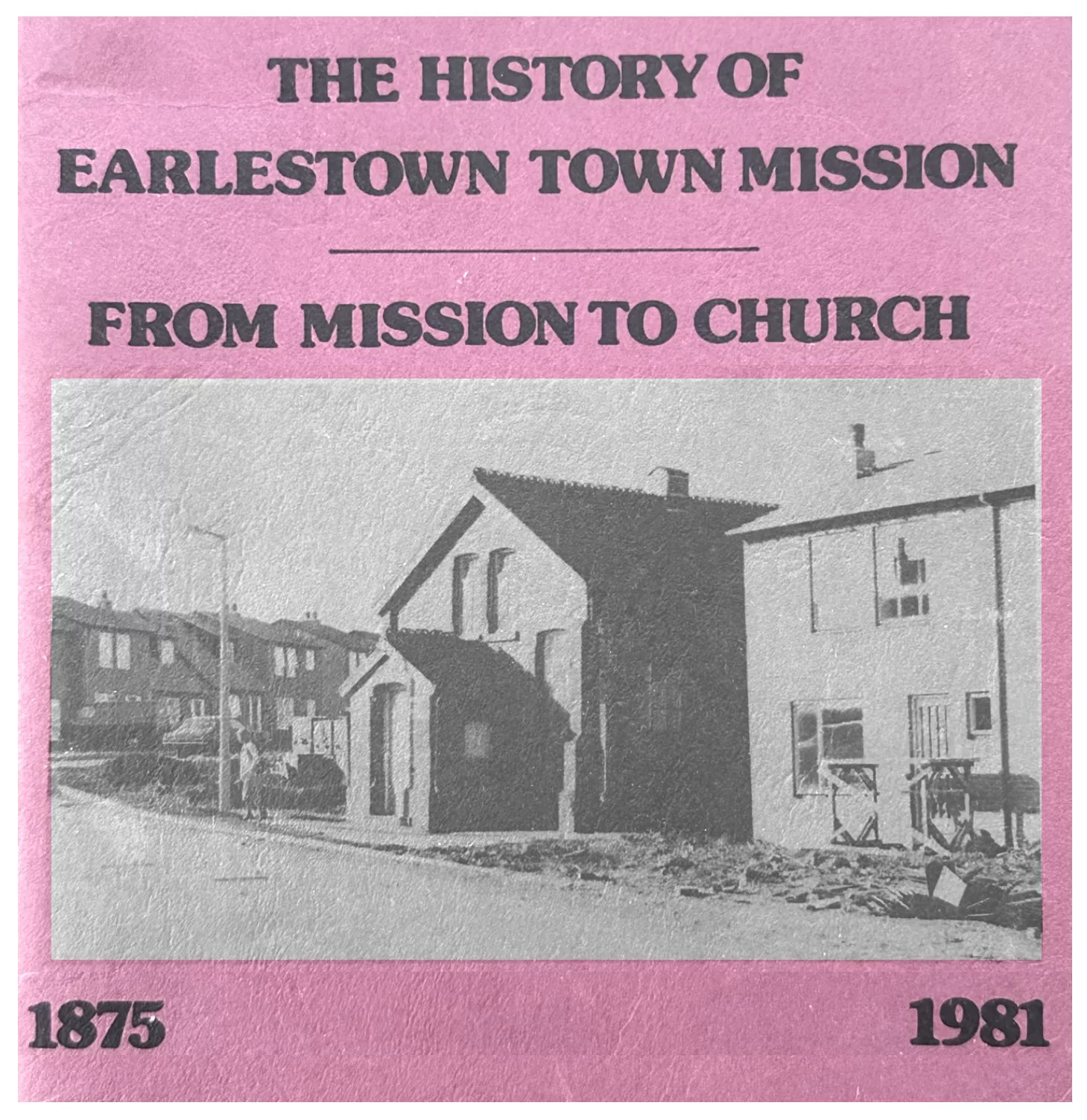Once the biggest military base in Europe, Burtonwood is now a shadow of its former self. Lieutenant Colonel Bryan C. Lobdell has secured a place in the 50-year-old history of Burtonwood. This spans from the action-packed war years to today, a period marked by the absence of a clear enemy and American budget cuts that are accelerating its decline. Once, the place resonated with the landings and take-offs of great Flying Fortresses. Men worked in the hangars around the clock, seven days a week, fitting communications and armaments to the…
Read More >>Year: 2023
Earlestown’s Brunswick Road Mission
From Mission to Church The City Mission Movement: it was discovered that the poor would listen in great number’ provided they were not asked to enter a church” (Owen Chadwick, The Victoria Church, Part Il, P .286). Our Church has its origins in the City Mission Movement of the last Century. The Town Mission in Earlestown began in 1875 as an outreach from the Manchester City Mission. As the Industrial Revolution progressed, great cities, like Manchester, mushroomed with vast working populations overnight. The whole social structure of Britain was changed…
Read More >>The Irish Club, Earlestown, ’50 Years’ Golden Jubilee 1888-1939.
We go back fifty years. From the four Provinces beyond the sea have come exiles of Erin, settling in and around the district of Newton-in-Makerfield. They are not here of their own desire. They have been forced to leave their native land to earn a livelihood. Strangers in a strange land, they are God’s creatures, with the right to live. They are the poorest of the poor in this world’s goods, but in their poverty they are richly endowed with the spirit of faith, self-sacrifice, and affection, one towards another.…
Read More >>Newton-le-Willows 1821-1851
The impact of the Liverpool and Manchester Railway on: Newton-le-Willows 1821-1851 Newton le Willows is situated on the lowlands of south Lancashire, on the route to the north by way of Warrington, Wigan and Preston. From Saxon times until 1830 the village of Newton was in the east of the township, situated on an inlier of bunter sandstone overlooking a crossing place on the River Deane; this sandstone area provided a dry site and a water supply from shallow wells. The remainder of the township is a broad spread of…
Read More >>


